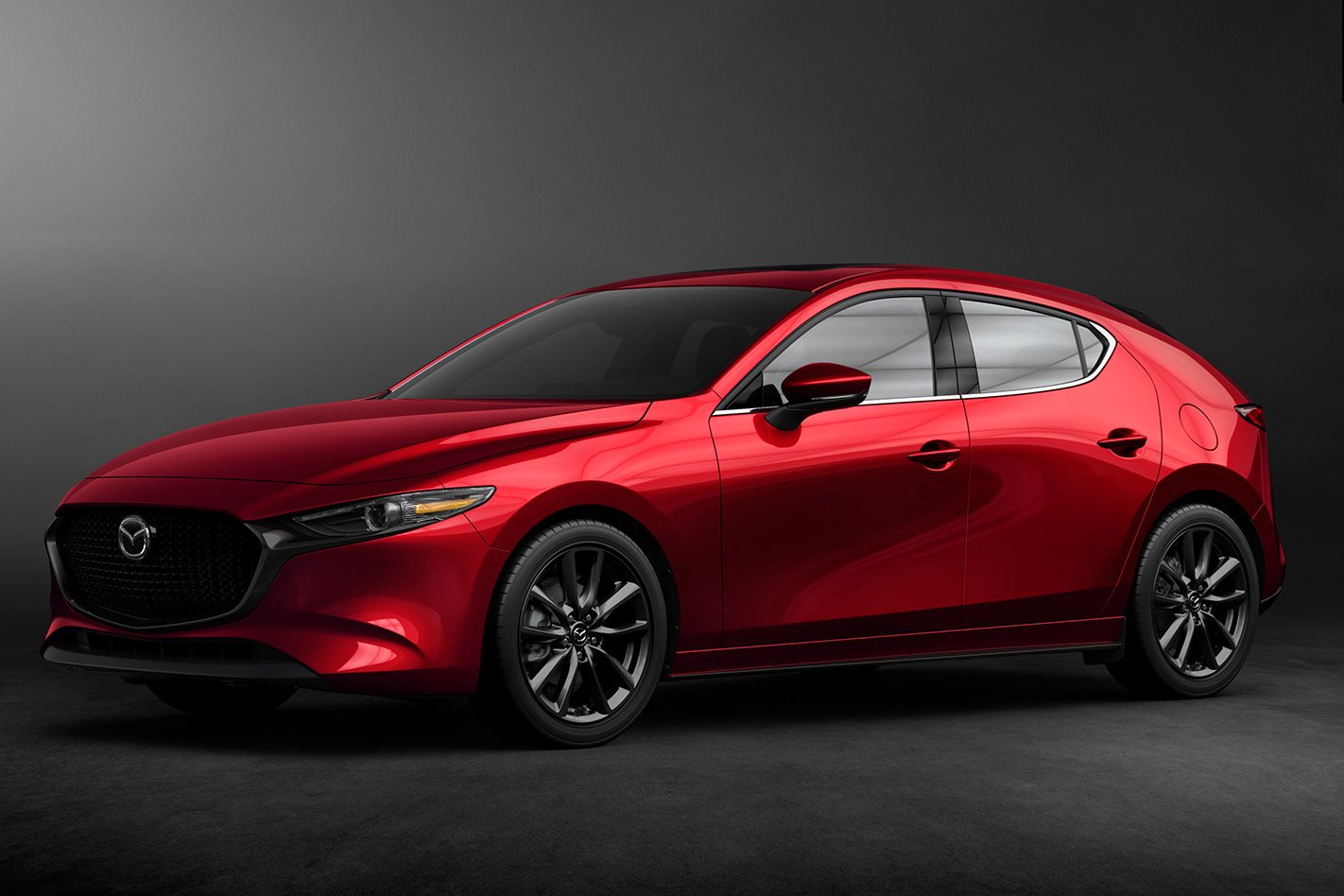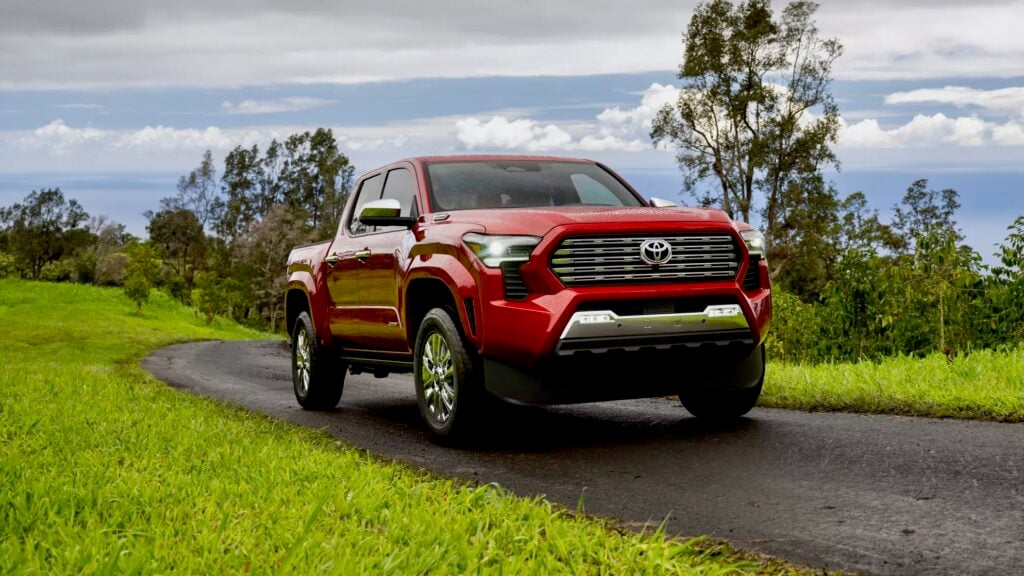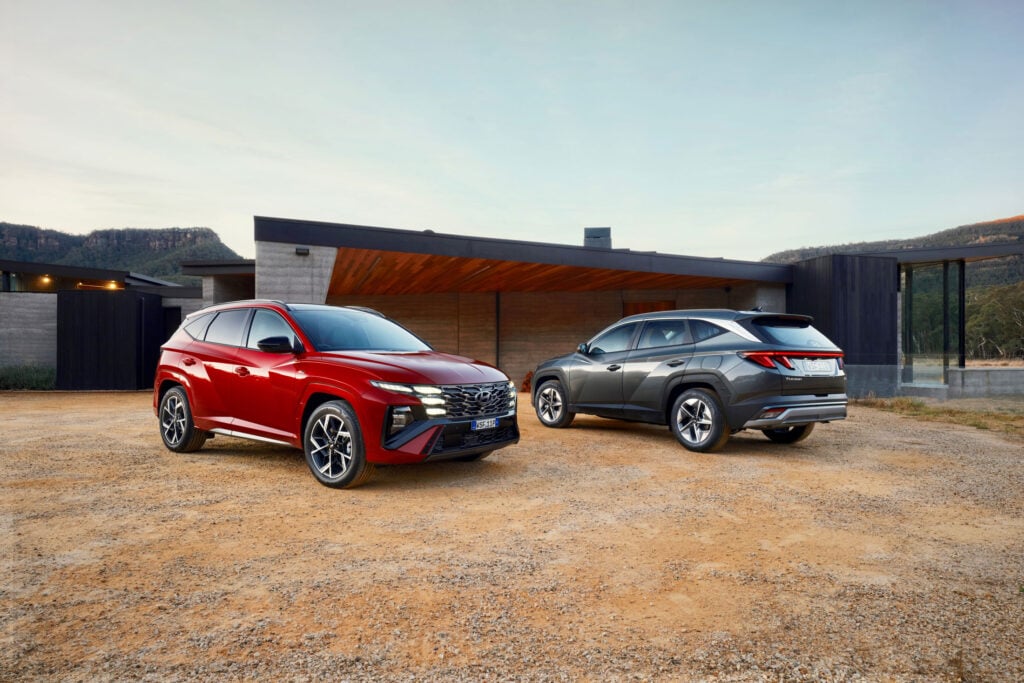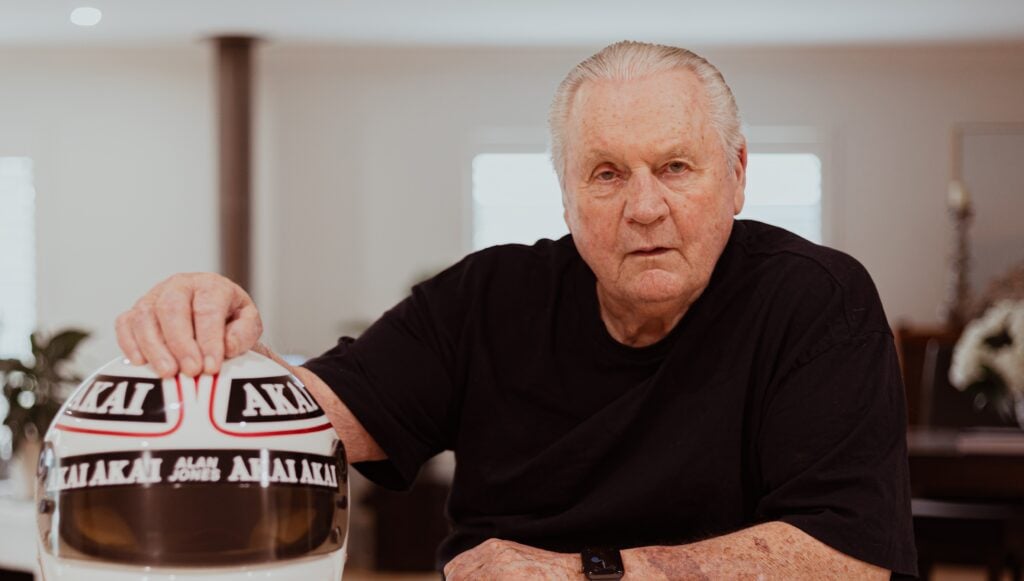MAZDA is a company that doesn’t think in straight lines. That much is evident with the unveiling of the Mazda 3 at this year’s Los Angeles motor show. Now that the dust has settled post-reveal, it’s as good a time as any to take stock and draw together all those disparate threads into one place to figure out what Australia will get when the 3 arrives here in mid-2019.
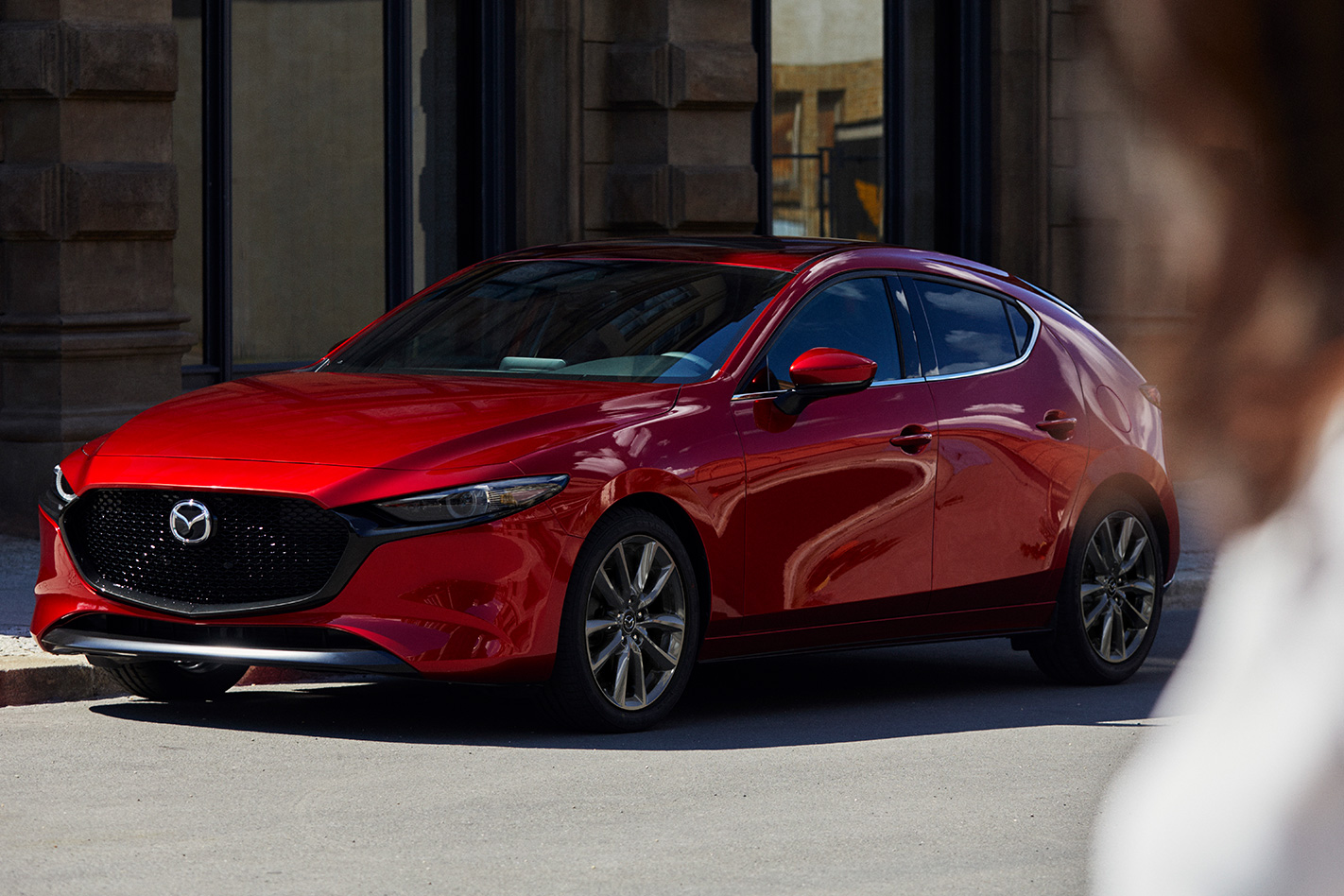
The 3 can’t come a moment too soon for Mazda Australia. The company is expecting to post its worst full year sales figures here since 2014, with MD Vinesh Bhindi expecting around 112,000 sales. He blames an industry-wide contraction for the slackening of orders, but supply issues in Japan also contributed to the fact that the nation’s second favourite car brand drops 3.8 percent against an industry average sales slump of 1.9 percent. Part of that will also be due to the fact that this generation Mazda 3, one of its most popular models, is now over five years old. That changes with the bold new shape of the fourth generation model, styled by Yasutake Tsuchida.
Both hatch and sedan variants are incoming, both wearing Kodo design language inspired sheetmetal, but they’ll differ quite markedly in their basic dimensions. With only windscreen and bonnet shared between the two body styles, the hatchback is now slightly longer, narrower and taller than before, whereas the sedan is significantly longer, having grown by more than 80mm. A 25mm stretch in wheelbase is integrated between the rear seats and the rear axle line, which means that rear seat packaging will be much the same as before but luggage space increases.
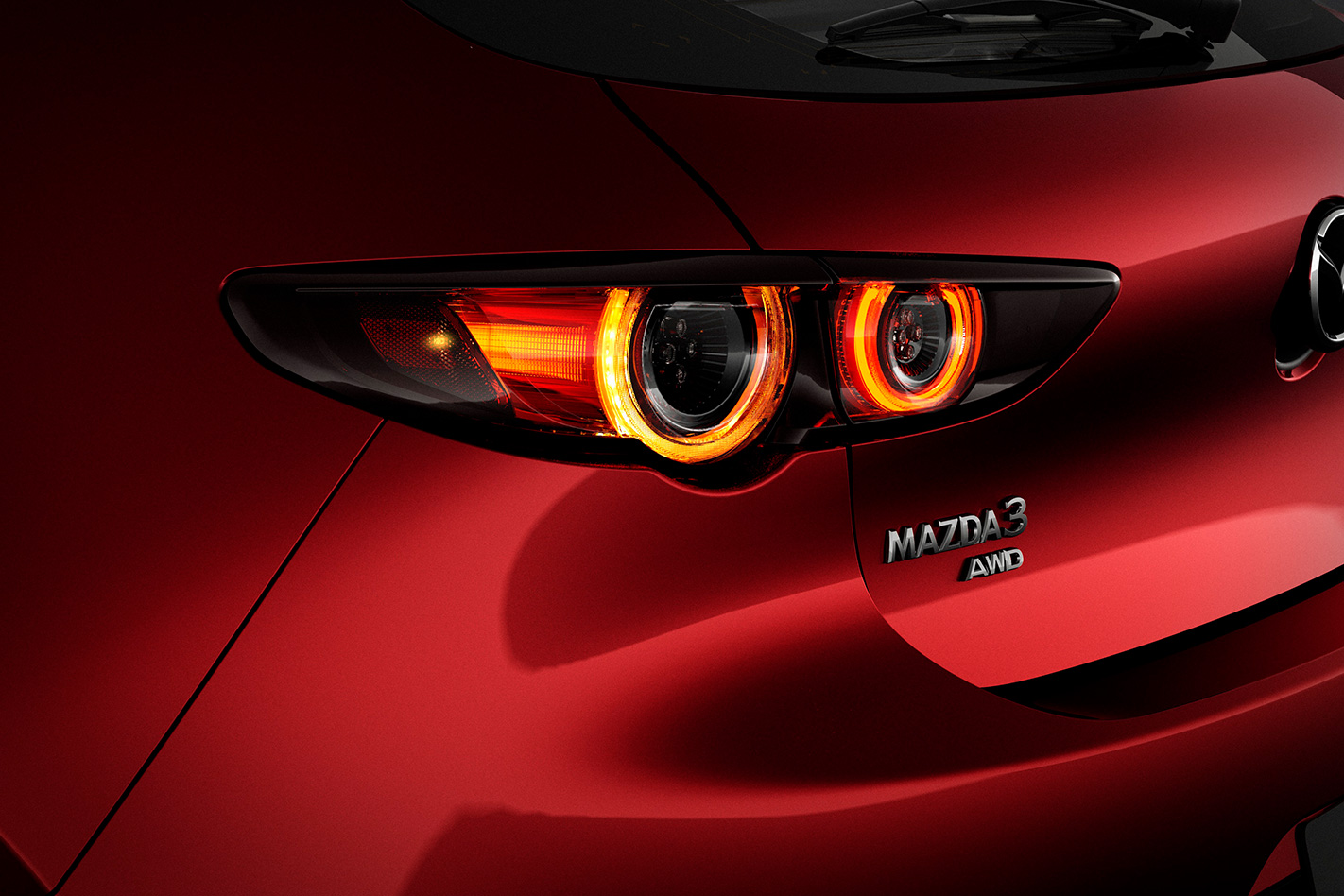
The cabin has also been tidied quite significantly, with every element angled to face the driver’s seat. A long horizontal plane across the dashboard incorporates climate controls for a clean, minimalist appearance. New materials and colours have been added for this generation to widen its appeal.
Mazda has already gone on record stating that there will be no MPS flagship sports version of this generation 3, but the launch offering will comprise at least five Skyactiv engines are engineered to fit within the fourth-gen Mazda 3 so far, including three conventional Skyactiv-G petrol engines (1.5-, 2.0- and 2.5-litre four-cylinders), a 1.8-litre Skyactiv-D diesel, and a single 2.0-litre Skyactiv-X unit for the range-topper.
By most accepted measures, the internal combustion engine is a dead man walking. Legislation appears almost every week from one country or another putting an end date to sales of ICE engines.Investing in a technology with such an explicit sell-by date seems foolhardy at best but Mazda is playing a long game. Its latest Skyactiv-X petrol engine delivers something that many manufacturers have poured huge R&D funds into but have never been able to master – compression ignition.
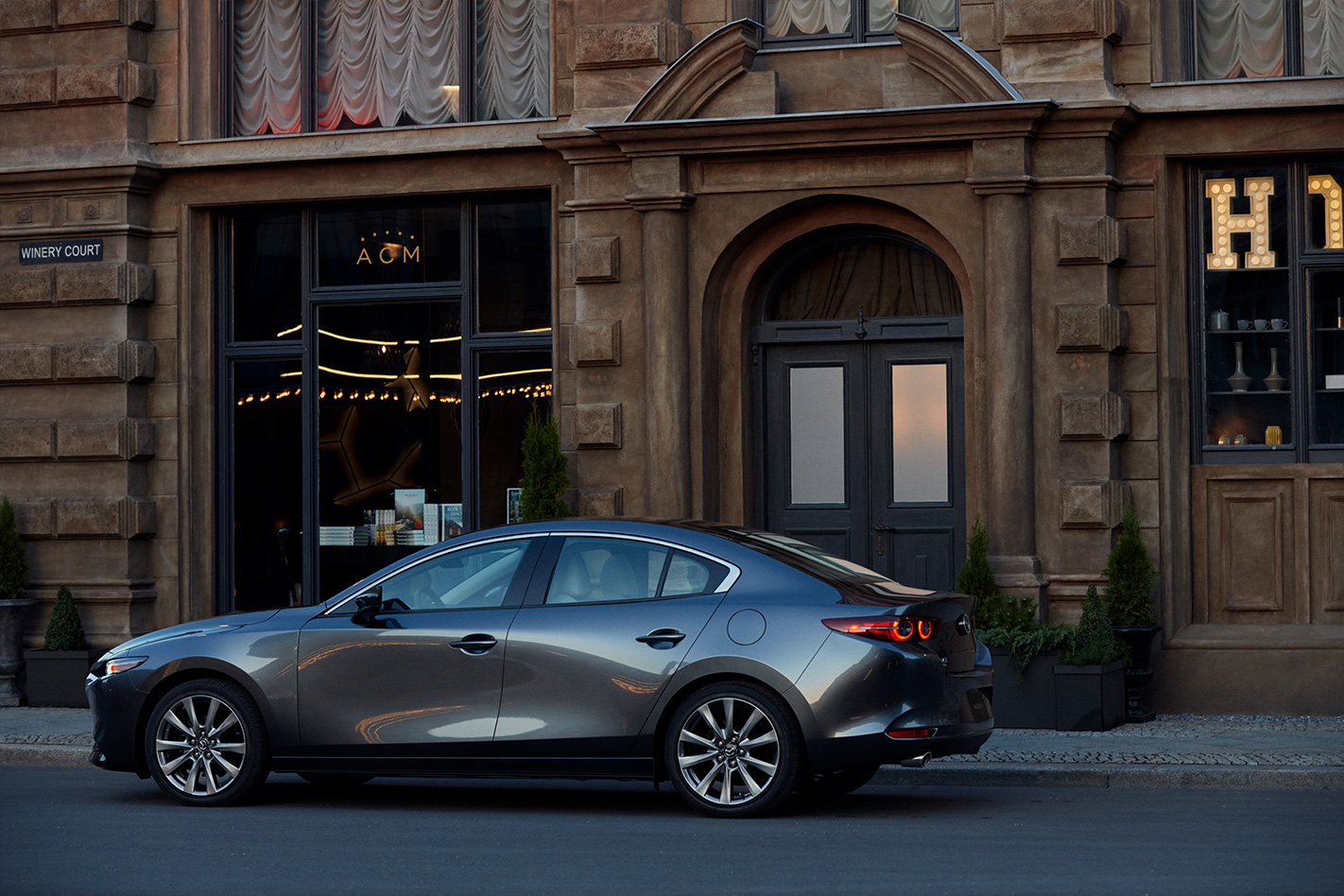
Squashing a fuel/air mixture until it spontaneously combusts has, until now, been the preserve of diesel engines. Mazda had been trying for quite some time to develop a ‘true’ HCCI powerplant, but it too was defeated by the technical challenges. Rather than try to pursue a technical challenge it perceived as impossible, Mazda instead took a new tack. Reintroducing spark plugs would at first appear to be a capitulation in the quest for sparkless ignition, but the Hiroshima company’s masterstroke was to use the spark plugs as a control mechanism in the combustion process.
In order for any of this to work, a radical approach to fuelling was first required. The SkyActiv-X engine has a hefty Rootes-type supercharger bolted to its front end and its job is to throw huge quantities of air into the combustion chamber. Normally, this is matched by a commensurately stiff measure of fuel, thus developing plenty of power, but Mazda realised that in order for compression ignition to occur, the fuel/air mix had to be incredibly lean.
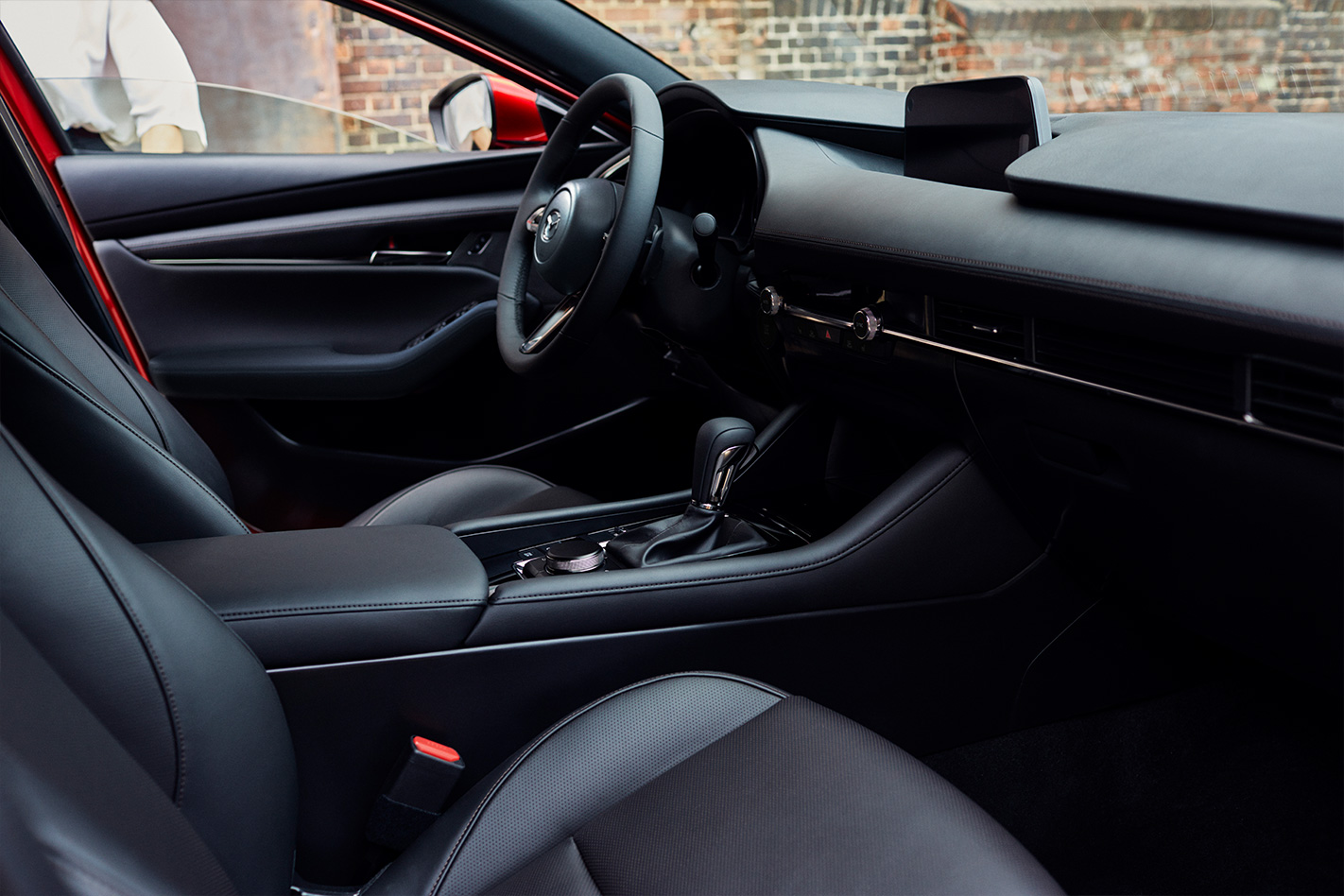
Try to ignite fuel at an ultra-lean ratio and the flame inside the combustion chamber won’t propagate very far and the engine would develop a wholly feeble power output. The genius of the SkyActiv-X powerplant is that it uses that small fireball as a sort of secondary piston, effectively raising pressure in the rest of the chamber such that compression ignition can occur. The calibration required to control this process is dizzyingly complex, Mazda wheeling out a series of charts demonstrating at which points in the rev range ‘true’ compression ignition was occurring and where more traditional spark ignition was doing much of the heavy lifting.
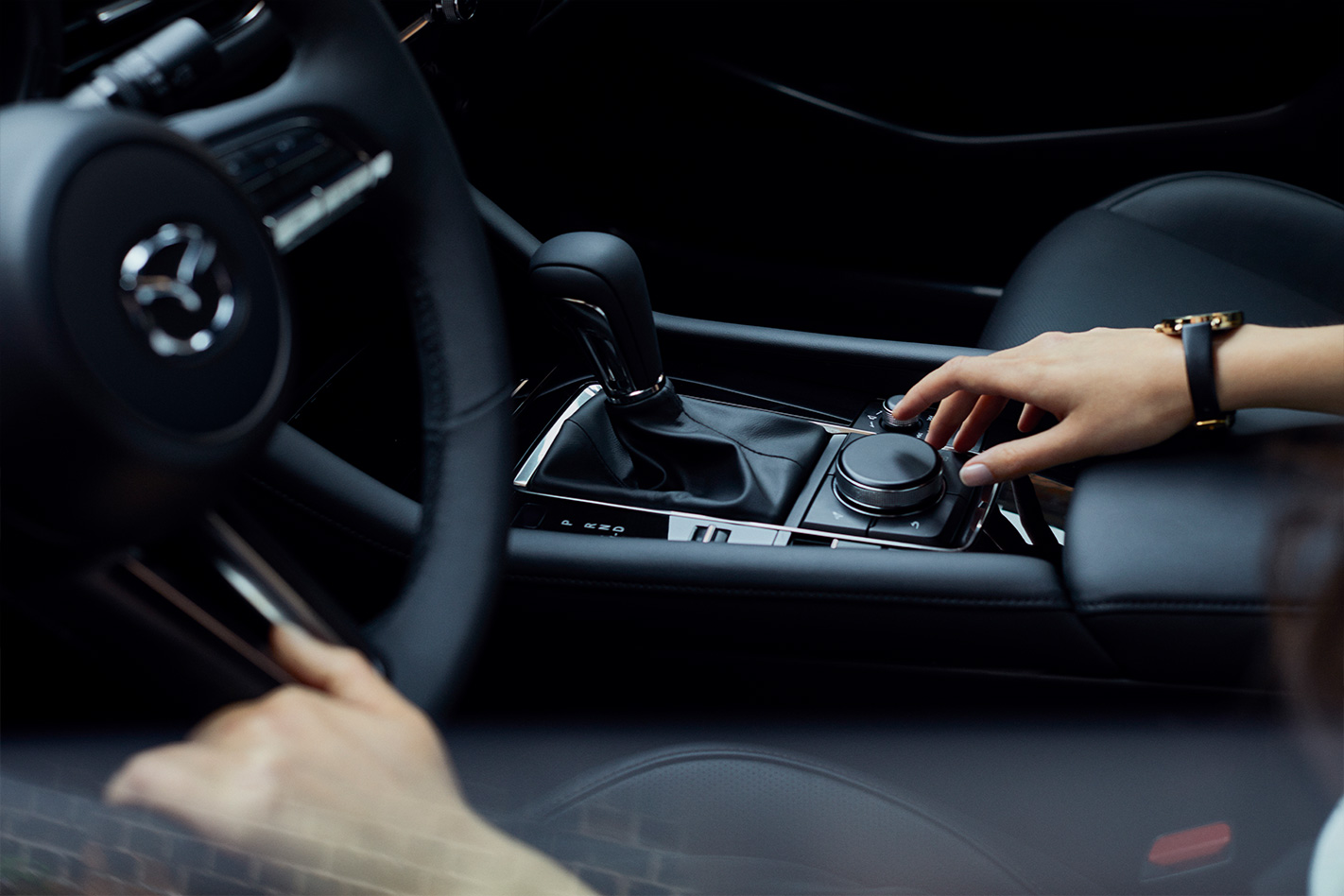
We drove prototypes of this engine. It doesn’t sound clattery like a diesel and it makes decent power and torque, some 142kW and 230Nm, with Mazda promising the performance of a 2.0-litre MX-5 with the economy of a 1.5-litre Mazda 2 diesel. Driven with a fairly light right foot, I managed 5.3L/100km on an 86km test route. That’s remarkable for an engine with that power output. Couple that tech with a mild hybrid system and it’d make a rapid hatch, if not a fire-breathing hot hatch in the mould of the old MPS.
One thing that Aussies may not be treated to is a Mazda’s i-Activ AWD system, which works in conjunction with G-Vectoring Plus (GVC Plus) to control torque distribution for more efficient and responsive progress. Cold weather markets are set to be Mazda’s priority for that chassis tech.
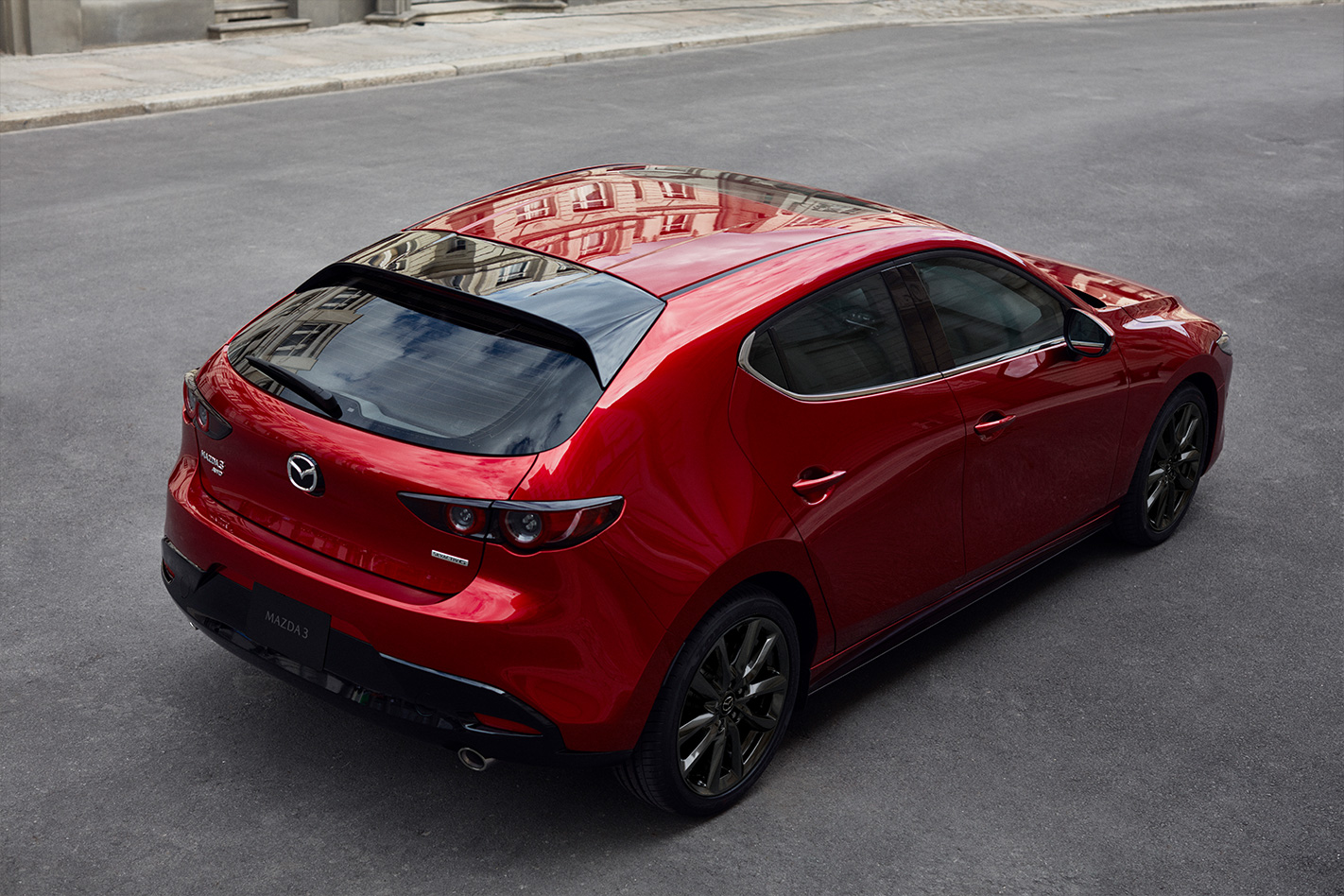
Mazda often prioritises lightness in its vehicles to benefit fuel economy, emissions, agility and performance, but the downside of making a car light is that it often makes it noisy. The old Mazda 3 was a little more sibilant than many of its rivals, especially when the engines were extended, and this had a marked effect on perceived quality. New methods of sound absorption and dampening promise ‘high-quality quietness’ without increased vehicle weight. The Audi A3 and Mercedes-Benz A-Class were said to be the NVH benchmarks for the program, which Mazda is confident they’ve been able to meet.
The only issue that causes some concern is the ditching of the old model’s multi-link suspension in favour of a cheaper and more rudimentary torsion beam setup in the front-wheel drive variants headed Down Under. Refinement is the cited reason, though the added space ahead of the rear axle build space for a hybrid battery pack, effectively future-proofing the platform. Whether Mazda has managed to maintain the 3’s dynamic capability with a torsion beam remains to be seen, though Peugeot and Renault – amongst others – have demonstrated that a well-tuned torsion beam is no impediment to great handling.
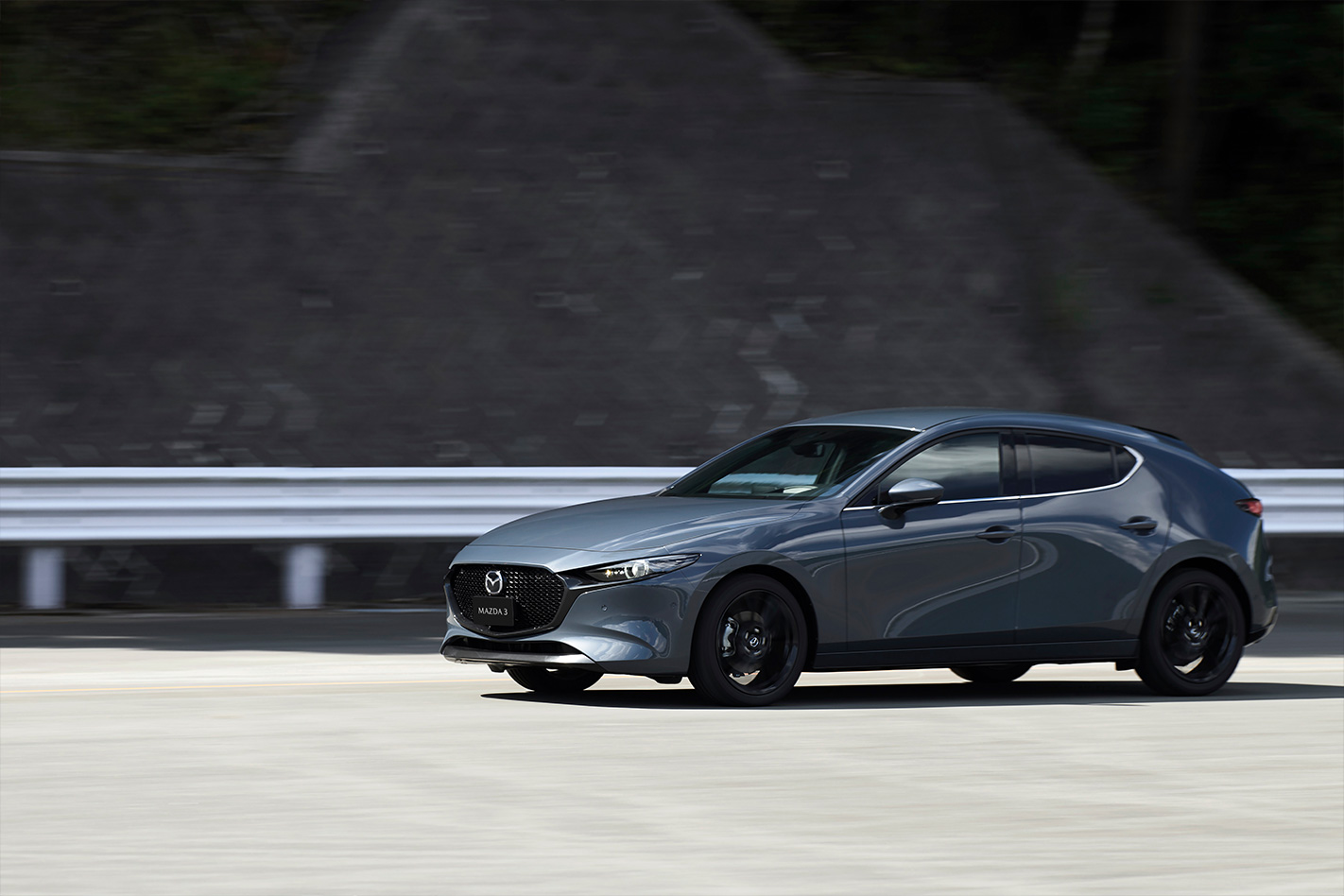
Our market will receive both the hatch and sedan body styles, though specifics of the local model range are yet to be revealed by Mazda Australia. Further details will begin to roll out closer to its arrival, which is slated for the end of Q2, 2019.

